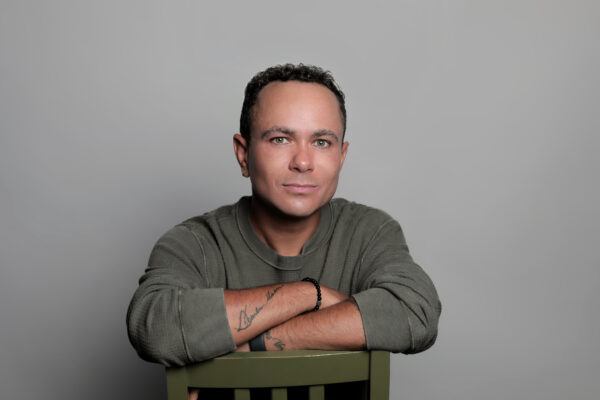In the world of addiction recovery and transitional housing, many terms can be puzzling. The term “three-quarter house” has recently become more prominent. So, what is a three-quarter house? And how is it different from other transitional housing options? Let’s dive in and explore this topic.
What is a Three-Quarter House?
A “Three-Quarter House” is a specialized type of transitional housing designed for individuals who are in the advanced stages of recovery from addiction or other challenges. Positioned between the structure of a halfway house and the complete independence of traditional housing, a Three-Quarter House offers its residents a semi-structured environment. It provides essential guidelines and support while granting them increased autonomy. The term “three-quarter” signifies that residents are closer to reintegrating into society and living independently but still benefit from some level of community support and oversight.
Understanding the Three-Quarter House
A three-quarter house is transitional housing. It’s for those who’ve finished a main treatment program for substance abuse or other issues. Unlike halfway houses with more rules, three-quarter houses offer a relaxed setting. Yet, they still have some rules. The term “three-quarter” hints that its residents are closer to recovery than those in halfway houses. However, they’re not fully ready for independent living.
How Three-Quarter Houses Aid Recovery
Recovery from addiction or other issues takes time. Moving straight from a strict rehab setting to full freedom can be hard. That’s where three-quarter houses help:
- Supportive Setting: These houses offer a community of people at similar recovery stages. This bond gives a sense of unity and motivation.
- Step-by-step Shift: They ease the move from the full support of rehab or halfway houses to an independent life.
- Responsibility: Even with more freedom, rules ensure people are responsible for their actions.
Comparing Halfway and Three-Quarter Houses
Both are types of transitional housing, but they differ:
- Structure Level: Halfway houses often have more rules and are linked with treatment centers or the law. On the other hand, three-quarter houses give residents more freedom.
- Stay Time: A stay in a halfway house may have a set time, guided by a program or legal rule. Three-quarter houses tend to be more flexible.
- Links: Many halfway houses are tied to rehab centers or the legal system. But, three-quarter houses mostly run independently.
Three-Quarter House Advantages
- Cost-effective: They’re often cheaper for those not ready for full living costs.
- Safe Space: For those recovering, there’s always a risk of going back to old habits. Being in a drug-free place with others in recovery can lower this risk.
- Unity: The bond among residents can push them to stay sober and move forward.
Issues and Concerns with Three-Quarter Houses
Like all things, three-quarter houses have challenges:
- Control: Since they run independently, many lack tight control. This can raise worries about living conditions and support quality.
- Use Concerns: There’ve been cases where house owners misuse residents, be it money-wise or with poor care.
- Varied Standards: The quality can differ greatly from one house to the next, based on management, housemates, and amenities.
Guidance for Owners and Investors in Rehab Facilities
Operating a Three-Quarter House or Halfway House presents both challenges and opportunities. Owners play a pivotal role in aiding individuals on their recovery journey. It’s essential to ensure compliance with all local, state, and federal regulations and maintain regular inspections. Beyond providing shelter, consider extending services like counseling, job placement, and life skills training. Engage actively with the broader community to foster understanding and support, and ensure any staff or volunteers receive adequate training. While focusing on the well-being of residents, also prioritize the financial sustainability of the establishment. Implementing a feedback system can empower residents and provide valuable insights for improvement. As an owner, your commitment can profoundly impact individuals and the community, making your facility a beacon of hope and transformation.
Recovery is a unique journey, and each person needs different support levels at various times. Three-quarter houses play a vital role, giving a mix of structure and freedom. They’re a great choice for many, but it’s vital to make an informed decision. This article aims to clarify the term “three-quarter house” and highlight its role in recovery. Whether you work in this field, are on a recovery path, or are just curious, knowledge is power.
Concluding Thoughts
For more insights and updates on the topic of addiction recovery and transitional housing, connect with us on our various social media platforms. Engage with our Facebook community where we share stories, resources, and events. For a visual journey, follow our Instagram page, and to connect with professionals and stay updated on our latest initiatives, don’t forget to check out our LinkedIn profile. Join our digital family and be part of a conversation that strives to make a significant impact.






